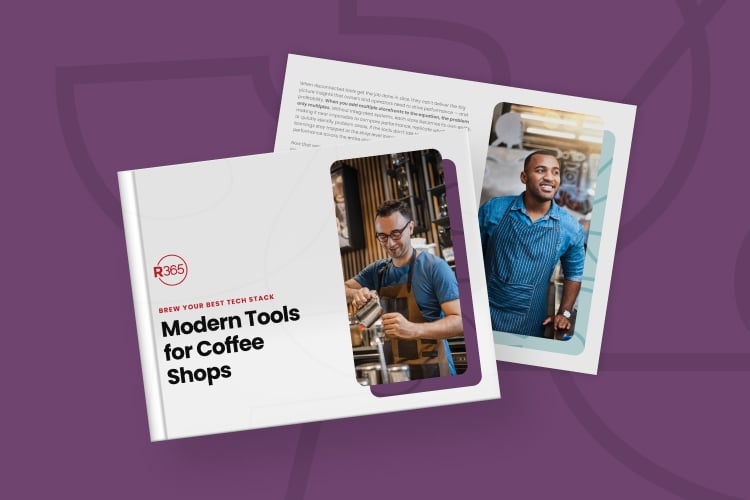By Anna Wolfe, Hospitality Technology Senior Editor – Restaurants
Remember the days when “updating the menu” meant firing up the laser printer or sliding slats out of the menu board?
With the increase in digital ordering – both on- and off-premise – menu management has taken on a whole new meaning. Savvy operators are leveraging integrated solutions that streamline operations and increase efficiencies.
But first, restaurants that are looking to survive and thrive should start by getting a handle on their inventory.
“The No. 1 reason restaurants fail is because of the lack of cost control,” said Cihan Cobanoglu, CHTP, McKibbon Endowed Chair & Director of M3 Center, University of South Florida.
Cobanoglu rattled off some well-known industry stats that bear repeating. Before the pandemic, restaurants were averaging 7-9% profit margin. And seven out of 10 restaurants do not exist three years after opening.
“If you want to be a successful business person, get a hold of your inventory,” Cobanoglu advised. “Inventory must be done. You can’t take inventory every single day. Utilize an inventory system that interfaces with the POS.”
For example, if a guest orders a hamburger, the inventory system would deduct the bun and the patty from the available inventory.
To set up the system with each ingredient requires a big-time commitment, Cobanoglu noted.
Integration Matters
Integration with the point-of-sale (POS) system is essential to pull data directly from the POS system. In addition to being integrated with the POS, the restaurant’s inventory system should be integrated with the suppliers’ systems.
Restaurants can then determine if they’re making a profit, what are their most profitable items and which items should be nixed from the menu.
Armed with insights from its restaurant management system, Maru Hospitality Group cut 20% of its menu items, opting to focus on more profitable and more popular items.
Managing the Menu: Food Costs
In 2018, Maru Hospitality Group implemented Restaurant365 at its seven locations across Michigan. The system’s operational reports proved to be insightful: the actual vs. theoretical, the menu item analysis, purchases by vendor and purchases by item.
Not only was Maru Hospitality Group able to rationalize its menu, but also was able to drive sales and lower food costs. Lorenzo Castillo, accounting business partner and interim general manager, said in a statement that Maru Hospitality Group saw a sales increase of about $900,000 and a decrease in food product purchases of $300,000 between 2018 and 2019.
“We identified items that were opportunities and handed those over to our culinary team so they could change the recipes to make them better cost recipes and increase sales,” Castillo explained. “We saw sales on items jump more than 20% on the very next menu, just by where we put the item and how we changed it. Then since we lowered the cost of making the items, it was directly related to profits.”
Powering More Menus
Smokey Bones is among the restaurants looking to boost incremental revenue, expand brand reach and attract new customers by adding virtual brands and their menus. Smokey Bones introduced two virtual brands via ghost kitchen, The Wing Experience and The Burger Experience. Guests can not only order the virtual brands through third-party delivery marketplaces but also direct through their dedicated eCommerce websites.
Behind the scenes, Smokey Bones teamed up with Omnivore as its third-party marketplace integration partner for all of its brands and tapped ToGo Technologies as its direct-to-consumer eCommerce platform. With Omnivore, Smokey Bones was able to craft a coherent digital menu, ditch the tablets and directly inject orders into the POS system, minimizing errors and reducing labor costs.
“With Omnivore, we launched a fully integrated platform across multiple DSPs and our eCommerce website overnight,” Brian Wallunas, Smokey Bones’ Chief Digital and Technical Officer, explained.
Omnivore worked with Smokey Bones to build a single POS-integrated master menu across Uber Eats, Door Dash and its direct-to-consumer ordering website, using its Menu Management System. That was orchestrated with relative ease – thanks to an A-to-Z tech overhaul that was completed in March 2020 and included hardware and software upgrades, security enhancements, telecom upgrade, third-party delivery integration, and a new ecommerce platform; the ambitious project realized a 100% ROI in six months.


